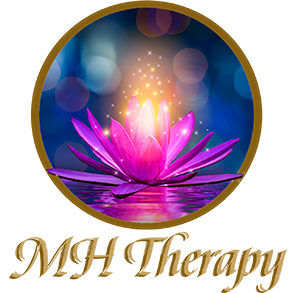Welcome to the world of PTSD, a mental health condition that can impact anyone who has experienced a traumatic event. We’re here to shed light on this often-misunderstood topic. The effects of trauma can be crippling and cause sadness, anger, loss of confidence, guilt, hopelessness, self-loathing, and fear. Furthermore, the ability to regulate emotions, cope with stress, and express empathy is often compromised, thereby damaging the relationship we have with ourselves and the world around us. In this article, we’ll take you on a journey to demystify PTSD, exploring its symptoms, causes, and available treatments.
I. What is PTSD Anyway?
Imagine experiencing or witnessing a traumatic event, and suddenly, you find yourself grappling with a range of distressing symptoms. That’s PTSD in a nutshell! Some individuals can develop PTSD due to their experiences and as a result, become preoccupied with current threats from internal and external sources. This can lead to isolation which hinders our ability to form a sense of identity and manifests itself in anxiety, depression, and other emotions. Join us as we unravel the mysteries behind this condition, debunk misconceptions, and reveal the impact it can have on your life.
II. Inside the Mind: Unmasking the Symptoms
Hold on tight as we delve into the world of PTSD symptoms. From intrusive thoughts to feeling on high alert, we’ll take you on a rollercoaster ride through the ups and downs of what individuals with PTSD might experience. Self-criticism and shame are some of the internal factors maintaining the symptoms of PTSD.
III. The Road to Recovery: Finding Your Way
How does one find the path to healing? We will explore the causes and risk factors that can lead to the development of PTSD. You’ll gain a deeper understanding of why some people are more susceptible to this condition and how trauma can leave lasting imprints on our minds. Developing self-compassion is crucial in PTSD, as it is one of the most important factors in the adaptive regulation of emotional reactions to threats.
IV. Unveiling Treatment Options
Time to discover treatments that can help individuals with PTSD reclaim their lives. We’ll introduce you to evidence-based therapies like Trauma-focused CBT, EMDR, and CPT, unveiling their secrets and explaining how they can be instrumental in rewiring the brain and healing from trauma.

V. A Supportive Squad: Navigating the Journey Together
Get ready to become part of a supportive squad for your loved ones with PTSD. It’s important to be there for loved ones with PTSD, providing understanding, empathy, and a listening ear. With understanding and compassion, we’ll guide you on how to create a safe space where healing can flourish.
VI. Embracing Hope and Healing
As we reach the end of the article, we want you to know that recovery is possible. By demystifying PTSD, we aim to break down barriers and encourage open conversations about mental health. Remember, you are not alone in this journey. With the right support, understanding, and treatment, healing is within reach.
Conclusion
We hope this educational escapade has shed light on the world of PTSD, providing an insightful and informative journey. By demystifying the condition, we aim to foster empathy, understanding, and support for those living with PTSD. Remember to be a beacon of hope for those around you, offering a helping hand and a compassionate heart. Together, we can create a world where mental health is prioritized, stigma is dismantled, and healing can flourish. So go forth, armed with knowledge, and let’s make a difference in the lives of those impacted by PTSD.



